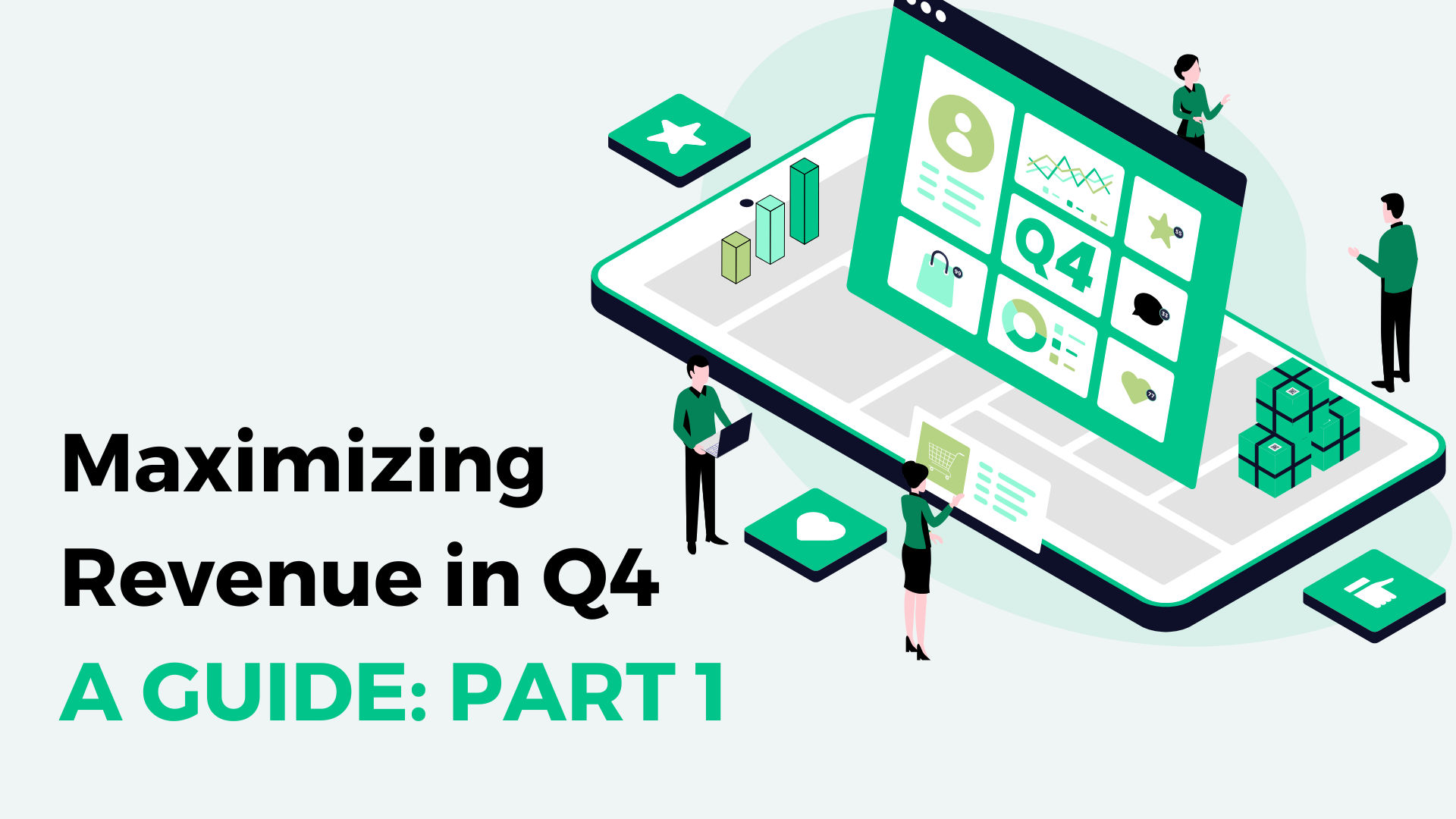Let’s talk about one of the most widely used metrics by enterprise publishers to calculate ad revenue, RPM. Understanding the metrics that impact digital ad revenue will help your ad strategy, but also content plans, article formatting decisions, ad layout and audience development prioritizations.
What is Revenue per Mille (RPM)?
RPM is the ad revenue earned per 1,000 pageviews, also called revenue per pageview. It is calculated as follows: (Total Revenue / Total Pageviews) * 1000. This value represents how much revenue a publisher is generating per pageview. Think of RPM as the ad revenue made from the user’s entire page visit, vs. CPM, which is the ad revenue made from one individual ad unit on the page.
Another variation of this metric made available in the Freestar dashboard is RPS, which measures revenue earned per 1,000 sessions. It is calculated as follows: (Total Revenue / Total Sessions) * 1000. A session (read: single user) will often contain multiple pageviews.
Why It Matters
Certain factors of the RPM-makeup aren’t controlled by the publisher, but there are still things you can do to maximize the impact.
For example, fiscal year end for many companies is June, which leads to the last two weeks of June historically driving higher revenue than any other period in Q1-Q2. During this time period you can strategically plan to publish twice as much content. And not just any content, check the Freestar dashboard to see the top several hundred ad-revenue generating articles and intentionally publish related angles.
Another example is user experience. The longer a user stays on a site, the higher the RPM because the user is consuming more content and thus creating more opportunities for ad monetization. Because of this, our audience development team works with publishers to create the best possible UX for readers. We look at things like accessibility, readability and navigation strategies.
RPM is an important metric for publishers because it factors in a variety of variables like ad density, viewability, content type, ad placement, device type, user geographic, traffic source and many others to give an overall value to what 1,000 pageviews will look like in your bank account.
Controllable RPM Factors
The final RPM output is so complicated that comparing in your favorite blogger group, even among a same-niche audience, is a fruitless endeavor. Instead, get educated on what parts you can impact positively and do those things. As we work with publishers on revenue optimizations and audience growth, strategies we recommend for both those tactics are done with your revenue in mind.
Traffic Source
Did you know that where your traffic comes from, as in the referral source, impacts RPM? When we work on audience development, SEO tends to be the first source a publisher wants to focus on. There are many reasons why organic search traffic is the most valuable, but all reasons boil down to the value of a user coming from Google. There is a difference in the user intent of someone actually searching for the topic that led to your page and someone happening to click on a story appearing on Instagram.
RPMs tend to be highest for traffic coming from organic search, newsletters, Pinterest and push notifications and lower from social media and paid modules like Outbrain and Taboola.
Ad Layout
It is up to the publisher to find that perfect balance when it comes to the number of ads on page. It is not just the number of ads on page that matter, but where these ads live on page is just as important.
Publishers should place their ads in sections of their page where they expect users to see them. When bidding on publisher inventory, advertisers and brands are looking for highly viewable inventory (65%+), which ensures their ads are being seen and they are getting an ROI on their marketing efforts.
If you have a sidebar on desktop, keep it short and make the last widget display a banner unit, 300×600 or 300×300, and make sure it’s sticky (pins to the top of view). This is high paying real estate for your site.
Ad Formats
If you’re looking to move the RPM needle quickly, one of the most guaranteed methods is to expand the ad format types appearing on your website. The flashier the advert, the more likely a user will see it, but that doesn’t mean you have to lessen standards of user experience.
Video ads and mobile interscrollers are two of the best examples. Data supports users actually want to see video content, and it’s not uncommon to see 20-30% of a publisher’s revenue come from high-impact ad units.
Site Quality
The quality of your content plays one of the largest parts in how much an advertiser will pay to appear there, for direct deals especially. Advertisers want their impressions on pages that leave a positive taste in the reader’s mouth, and will go to endless measures to not appear next to anything that may cause someone to gain a negative perception of their brand. This is why, directionally speaking, you might say that recipe content sees higher RPMs than celebrity news articles.
Vendors and technology dedicated to brand safety measures, along with SEO professionals, have spurred publishers to best practices like avoiding anti-targeted keywords. Clean, clutter-free site experiences lessen the distraction to users, making the site more desirable to advertisers. Other editorial practices, such as steering clear of profanity and click-bait headlines not only appeal more to brands but will also increase chances of Google News or Google Discover inclusion.
The Takeaway
As a publisher, it is important to pay close attention to the trends in RPS & RPM. These metrics provide a great snapshot of how ad inventory is performing. If you’re a Freestar publisher and you’re looking for assistance perfecting ad layout for maximum revenue, reach out to your Customer Success Manager. If you’re interested in monetizing with Freestar, get started here.
Originally published in January 2021




